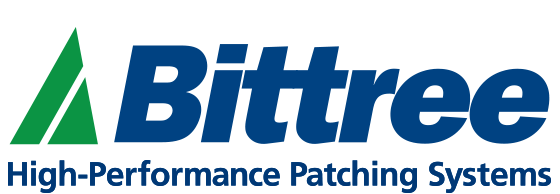Posted in Get Connected
What is a patch bay - A patch bay is a hardware device used to route the inputs and outputs of audio signals. Found in professional recording studios, home recording studios, commercial and home theater systems, and radio and television broadcast studios, patch bays simplify audio configuration. Midi patch bays are also used for (wait for it) - connecting midi signals. The benefits of using an audio patch bay are numerous, including multiple configurations of routing without the hassle of having to manually unplug / replug cables, as well as the ability to utilize external effect devices, mixers, recorders and signal processors.
An audio patch bay is a hardware device containing rows of input and output jacks on the front and rear panels, respectively. Multiple devices can be plugged into these external inputs and outputs, opening up many different routing combinations. Let's say you have a kick drum signal coming from your microphone - depending on your desired end result, the options for processing your sound are as vast as the different devices you have plugged into your patch bay. Have a favorite mic pre? Route the kick drum mic to it. Want to grab a reverb sound from an external effects processor? No problem. The options you have at your disposal by utilizing a patch bay allow you to most effectively incorporate all of your audio hardware options in one central hub.
A patch bay can help identify weaknesses in signal flow, and can aid in eliminating ground hum from the use of multiple devices. Wear and tear on the inputs and outputs of external hardware can be virtually eliminated, because you no longer have to spend your time connecting and disconnecting units manually, which can thrash your jacks. Workflow is greatly improved because of time saved, resulting in more focused and productive studio sessions.
Patch bay jacks are typically 1/4” balanced (TRS or unbalanced) connections, set up in vertical pairs. XLR, RCA and TT (tiny telephone) jacks are commonly implemented in a typical patch bay as well. The upper row on the rear of a patch bay receives a signal from the output of an external hardware unit and is then routed to the input of a different hardware device by utilizing the send from the jack directly below it. While a patch bay does not produce sound on its own, the combinations of routing options made available by having multiple inputs and outputs in one central place is reason enough to consider the use of a patch bay, leading to more creative options.
With home studios becoming more of the norm in the world of audio production, a patch bay can effectively manage multiple hardware devices, simplify signal flow, and protect your gear. I learned first hand how plugging and unplugging connections can wreak havoc on devices, resulting in stripped and bent plugs. There’s nothing like being at the finishing stages of a project only to have to put everything on hold to replace a broken input jack on one of your master buss compressor pairs. A patch bay can be the cheapest audio engineering assistant one may ever need, as well as the best preventative measure in maximizing the life of your gear.
Have questions or concerns about how you can implement a patch bay into your existing audio setup? Contact one of our highly qualified audio experts to help maximize your home studios’ potential today.
Subscribe to our newsletter and always be the first to hear about what is happening.
© 2025 Bittree

Jack Field
Author